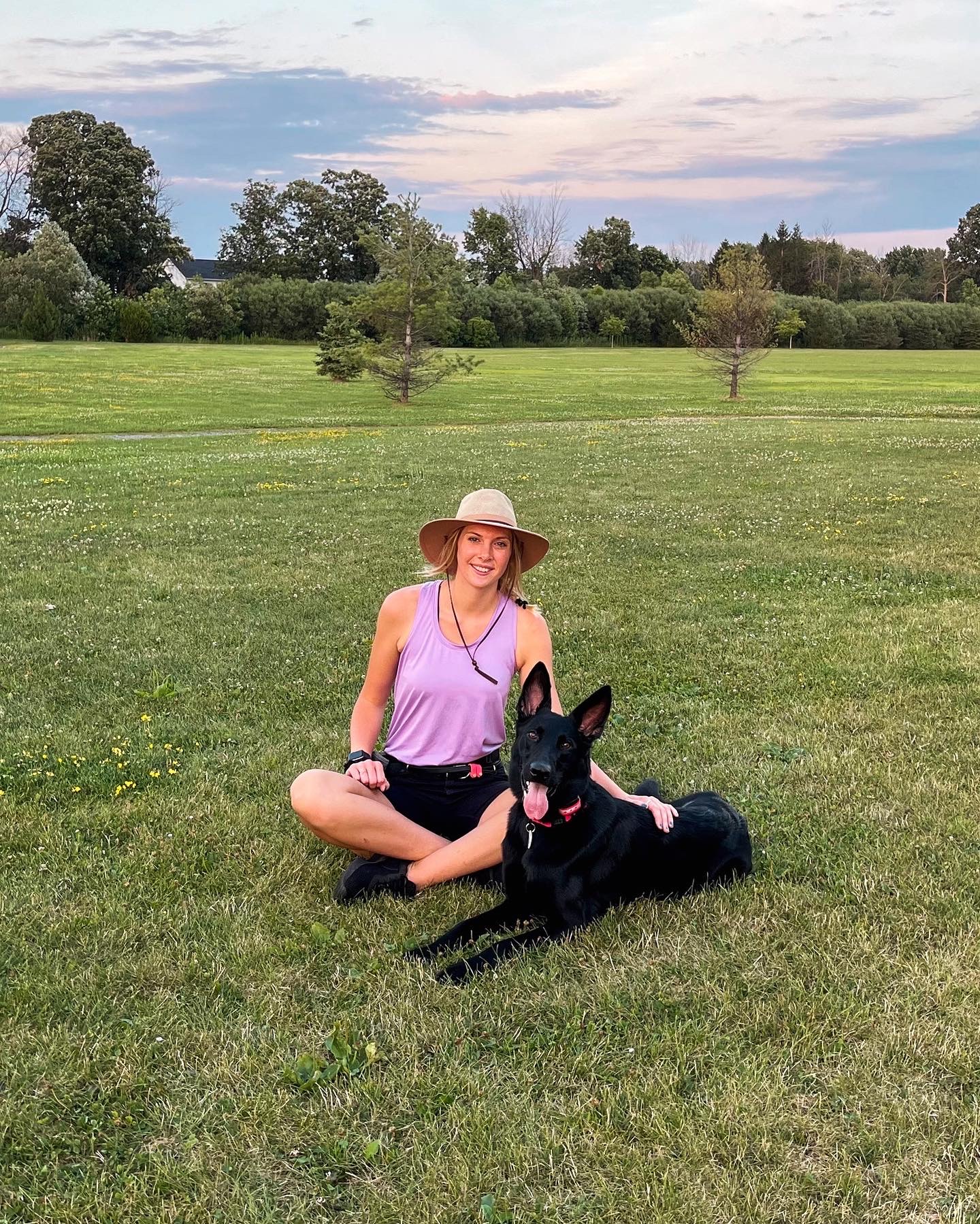
Dog Safety for Kids: Understanding and Preventing Dog Bites
- Bailee Smalt

- May 23, 2024
- 3 min read
Updated: Jul 22
Each year, more than 2 million children in the U.S. are bitten by dogs. According to the Humane Society, 51% of these victims are children, with those aged 5 to 9 years old at the highest risk.
What’s most surprising? Many bites come from dogs the child already knows — like a family pet, a friend’s dog, or a neighbor’s dog. This makes it crucial to teach children how to safely interact with dogs, even ones they think are friendly.
👋 Teaching Kids How to Meet a Dog Safely
Step 1: Assess the Situation from a Distance
Look for Warning Signs: From a safe distance, check for yellow ribbons, patches, or tags that say “Do Not Pet” or “Please Give Space.”
If you see any of these signs — do not approach the dog.
Step 2: Always Ask for Permission
Check with an Adult: Before approaching any dog, a child should ask their parent or guardian if it’s okay.
Ask the Dog Owner: While standing calmly at least 10 feet away, the child should ask,
“May I please pet your dog?”
It’s important to remember: The owner can say no — and that’s okay.
Step 3: Follow the Owner’s Instructions
Listen carefully to what the owner says.
They may ask the child to pet the dog only on certain areas (like the back) or only if the dog is sitting calmly.
Always follow the rules set by the owner.
Step 4: Approach the Dog Calmly
Walk slowly and gently — no running, jumping, or loud talking.
Give the dog space to move away if it wants to.
Avoid hugging, sudden movements, or reaching over the dog’s head.
Step 5: Pet Gently and Respectfully
The safest place to pet a dog is gently on the back or shoulder.
Avoid reaching over the dog’s head or grabbing its face, which can feel threatening.
Stop petting immediately if the dog looks uncomfortable, moves away, or shows signs of fear or stress.
Step 6: Say Thank You and Walk Away Calmly
After the interaction, the child should thank the owner and walk away quietly.
Avoid sudden movements or squealing, which may startle the dog.
⚠️ Important Dog Safety Reminders for Children
Dogs bite for many reasons: They may be scared, in pain, feeling protective, or startled.
Learn to read stress signals:
Watch for pinned ears, “whale eye” (white of the eyes showing), tucked tail, stiffness, trying to move away, or freezing up.
Never approach a dog without an adult.
Avoid loose dogs, even if the child knows them — calmly walk away and tell an adult.
If a dog charges or runs toward a child:
Stand still like a tree
Cross your arms
Look down and stay quiet
Never scream or run — this can trigger a chase
Never reach through fences or into cars to pet a dog.
Always ask before offering treats, and use a flat palm to avoid nipping.
Leave dogs alone when they’re sleeping, eating, or chewing on a toy or bone.
If a dog has something unsafe in its mouth, the child should tell an adult immediately.
Creating Safer Interactions for Kids and Dogs
By teaching kids these simple steps, we can help prevent dog bites and promote positive, respectful relationships between children and dogs. Understanding how to properly greet a dog builds confidence, awareness, and kindness — and keeps everyone safe.


Comments